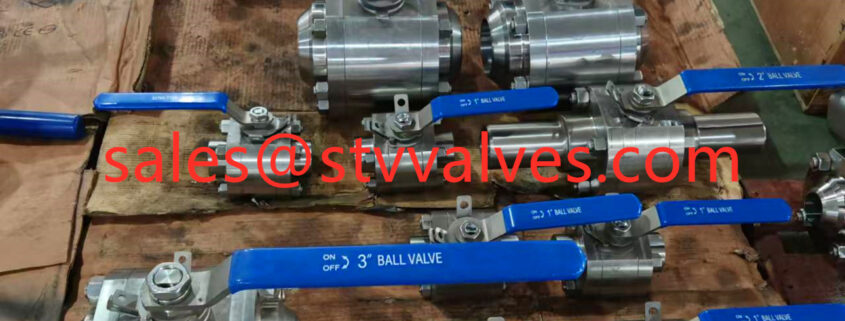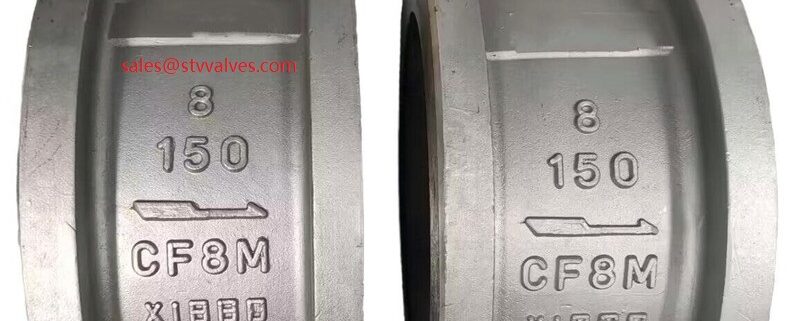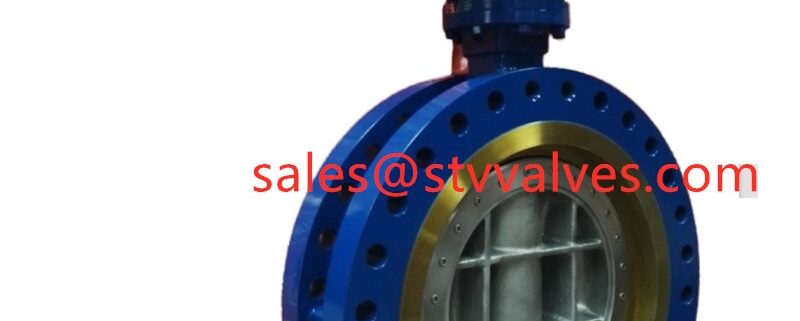Actuated Valve – Working Principle and Types
Actuated Valve – Working Principle and Types An actuated valve is a type of valve that is controlled automatically, often remotely, to regulate the flow of fluids (liquids or gases) through a pipeline or system. These valves are typically used in industrial processes where constant monitoring or adjustment is needed, and where manual control would […]
Different LCB Valve and LCC Valve
Different LCB Valve and LCC Valve LCB in valve means low temperature carbon steel such as forged ASTM A350 LF2 and it’s cast equivalent ASTM A352 LCB. Higher grades such as ASTM A352 LCC and Alloy (Nickel) based forged carbon steel A350-LF3 and it’s cast equivalent A352-LC3 are also available on an indent basis. LF2 […]
Choosing the Right Option Between Gate vs Ball Valves
Gate valves and ball valves are two common types of valves used in various industrial applications. Each offers unique benefits and limitations. In this article, we compare gate valves and ball valves, discussing their design, functionality, advantages, disadvantages, and suitable applications. Understanding the differences between these valves can help select the right one for specific […]
Types of Check Valves
Check valves are available in the following designs: Swing Check Valves Tilting Disk Check Valves Wafer Check Valves Disk Check Valves Piston Check Valves Ball Check Valves Duo-Check Valves Non-Slam Check Valves SWING CHECK VALVE Swing Check Valves are available in straight body design and y-pattern design. The disk is suspended from the body by […]
Introduce High Performance Butterfly Valves
High performance butterfly valves are essential for precise flow control in demanding industrial applications. In this article, we discuss butterfly valves, why they are needed, and compare them to general service valves. What are Butterfly Valves? Butterfly valves are a quarter-turn valve, meaning their valve stem only rotates 90° to open or close. This makes […]





